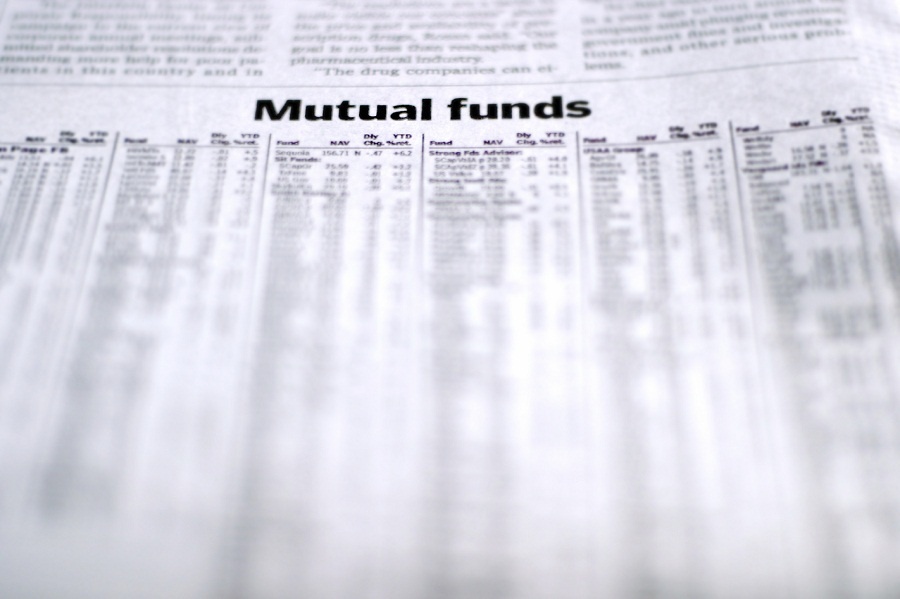The Department of Labor fiduciary rule was expected to
usher in a new era of mutual fund share classes that were more transparent and leveled the playing field for advisers.
The death of the regulation altered the course of that revolution. One of those share classes, T shares, is extinct, and another class, clean shares
, has gotten only modest uptake so far among retail investors.
These share classes were designed to fit the requirements of the DOL fiduciary rule, which aimed to eliminate conflicts of interest among brokers and advisers when providing investment advice to retirement savers.
After the final fiduciary rule was
issued in April 2016. roughly 20 mutual fund companies filed with the Securities and Exchange Commission to launch T shares. Only a fourth of those companies ever launched their funds, and those funds hold a paltry $145 million, according to Morningstar Inc. Just one fund — Blackstone/GSO Floating Rate Enhanced Income Fund (BGFTX) — has 97% of the assets.
Zero fund companies have filed to launch T shares since an appeals court ruling in March struck down the fiduciary rule, permanently
taking it off the books.
"T shares are dead," said Aron Szapiro, director of policy research at Morningstar.
The utility of
T shares is in their uniformity. They provide the same compensation to advisers of a brokerage firm — often a 2.5% front-end commission and a 0.25% trailing 12b-1 fee — across different fund managers and asset classes.
That level compensation would help firms comply with the DOL rule by pushing brokers to recommend the best funds for clients rather than the ones offering the largest payouts. The share class would have
essentially killed A shares, experts said.
"The bottom line is these companies don't want to spend the money to have to create new product unless they're forced to," said Jason Kolinsky, a partner at Kolinsky Wealth Management. "The DOL rule got killed, and now they'll sit back and wait for what's next."
Clean shares have seen more interest. Clean shares strip distribution fees out of the cost of the mutual funds. This makes fund costs more transparent by separating the cost of money management and distribution, rather than bundling it into one expense ratio. It also allows fund companies to offer lower-priced products.
Clean shares have gotten modest take-up among retail investors. Roughly 20 fund companies have launched "unbundled" clean shares — which don't carry revenue-sharing fees — since April 2016. The funds hold $95.4 billion, according to Morningstar data. (The data didn't include information on retirement-plan-only share classes, or R shares.)
Unlike T shares, which served just as a compliance mechanism for the DOL fiduciary rule, clean shares could still prove useful for advisers, Mr. Szapiro said. Exchange-traded funds are technically clean shares, for example, and Morningstar includes ETFs in its data.
And the SEC's own project to update investment-advice standards, which is ongoing, could generate renewed interest in clean shares, depending on the rule's contents and how brokerage firms choose to comply, Mr. Szapiro said.
Most fund companies — just over 300 — have launched what Morningstar refers to as "semi-bundled" clean shares. Unlike fully unbundled clean shares, semi-bundled clean shares may carry revenue-sharing arrangements outside of the fund's expense ratio for things such as distribution through third parties like broker-dealers. These semi-bundled funds have roughly $450 billion.
There's also still momentum for clean shares from investors pushing for more transparency, experts said. Indeed, that's apparent from the retirement-plan marketplace, where zero-revenue-share funds are flourishing.
There are roughly 1,700 retirement-plan-only funds available without revenue-sharing fees. That's 10 times the number in 2011, according to Sway Research. Assets in these funds are projected to be $1 trillion by the end of the year, a jump of 125% in just two years.







